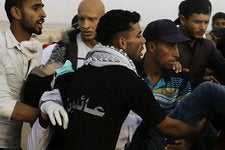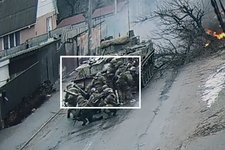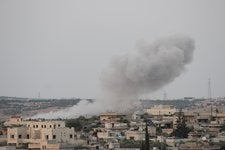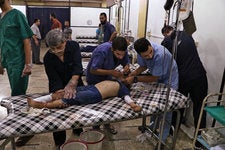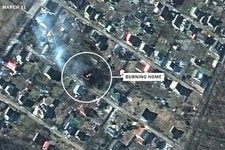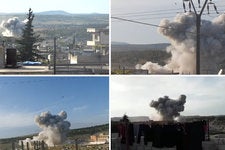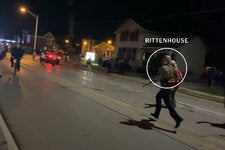How a Haitian Gang Is Trying to Turn Itself Into a Militia
Haiti's gangs have always been deadly. But now at least one group is portraying itself as a paramilitary force, with more weapons, equipment and uniforms than ever before.
By Christiaan Triebert, Maria Abi-Habib and






